- Growing Greenhouse Tomatoes
- 1. Choosing the Right Variety
- 2. Starting with Healthy Seedlings
- 3. Providing the Ideal Growing Conditions
- 4. Proper Watering and Fertilization
- 5. Pruning and Supporting the Plants
- 6. Monitoring and Managing Pests and Diseases
- The Importance of Disease Resistance
- Benefits of Pink Tomato Varieties
- Benefits of Red Tomato Varieties
- 1. Rich in Antioxidants
- 2. High in Vitamins and Minerals
- 3. Excellent Flavor
- 4. Versatile Uses
- 5. Disease Resistance
- Best Disease-Resistant Pink Tomatoes for Greenhouse Growing
- 1. Pink Beauty
- 2. Pink Brandywine
- Best Disease-Resistant Red Tomatoes for Greenhouse Growing
- 1. ‘Mountain Merit’
- 2. ‘Defiant’
- “Question-Answer”
- What are disease-resistant tomatoes?
- What are the advantages of planting disease-resistant tomatoes?
- Which diseases do the disease-resistant varieties in the article protect against?
- How do disease-resistant tomatoes compare to regular tomatoes in terms of taste?
- Are disease-resistant tomatoes genetically modified?
- “Video” This Technique of Tying Up Tomatoes Will Change Your Life
When it comes to growing tomatoes in a greenhouse, it is important to choose varieties that are disease-resistant. With the right selection, you can minimize the risk of common tomato diseases and enjoy a successful harvest. In this article, we will introduce you to two proven disease-resistant pink and red tomato varieties that thrive in greenhouse environments.
One of the disease-resistant options you can consider is the Pink Bumble Bee variety. Known for its gorgeous marbled pink color, this tomato is not only visually appealing, but it also boasts excellent disease resistance. It is resistant to common tomato diseases such as fusarium wilt, verticillium wilt, and tobacco mosaic virus. With its sweet, fruity flavor and abundant productivity, the Pink Bumble Bee is a favorite among greenhouse tomato growers.
Another fantastic disease-resistant variety to consider is the Red Racer tomato. This vigorous plant produces clusters of medium-sized, deep red tomatoes that are both delicious and resistant to diseases. With resistance to fusarium wilt, nematodes, and tobacco mosaic virus, the Red Racer is a reliable choice for greenhouse gardening. Its juicy, meaty flesh and rich, tangy flavor make it a popular pick for salads, sandwiches, and sauces.
By selecting disease-resistant varieties like the Pink Bumble Bee and Red Racer, you can maximize the productivity and health of your greenhouse tomatoes. These varieties offer a combination of attractive appearance, excellent flavor, and strong disease resistance, making them ideal options for greenhouse gardeners who want to grow delicious, bountiful crops. With proper care and attention, you can enjoy a successful tomato harvest and savor the taste of homegrown, disease-resistant pink and red tomatoes.
Growing Greenhouse Tomatoes
Greenhouse tomatoes are a great way to enjoy fresh, flavorful tomatoes all year round. By growing tomatoes in a controlled environment, you can provide them with the ideal conditions for growth and protect them from pests and diseases. Here are some tips for successfully growing greenhouse tomatoes:
1. Choosing the Right Variety
When selecting tomato varieties for greenhouse cultivation, it’s important to choose disease-resistant and high-yielding varieties. Look for varieties that are known to thrive in greenhouse conditions and have a good track record of producing tasty tomatoes.
2. Starting with Healthy Seedlings
Start with healthy tomato seedlings that are disease-free and vigorous. Transplant them into larger pots when they have developed a strong root system and are about 6-8 inches tall. This will ensure they have enough space to grow and develop properly.
3. Providing the Ideal Growing Conditions
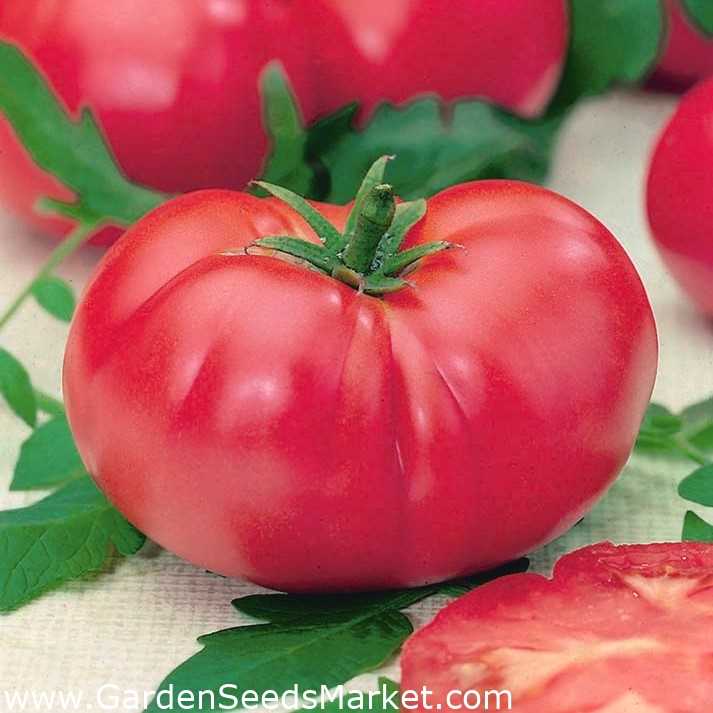
In a greenhouse, you have full control over the growing conditions. Tomatoes thrive in warm temperatures between 70-80°F (21-27°C) during the day and slightly cooler temperatures at night. Provide them with a well-drained soil that is rich in organic matter and a pH level between 6.0-6.8.
Ensure they receive plenty of sunlight or artificial light for at least 10-12 hours a day. If using artificial light, provide a combination of blue and red light for optimal growth. Maintain a relative humidity level between 60-70% to prevent fungal diseases.
4. Proper Watering and Fertilization
Tomatoes need regular watering to keep the soil evenly moist. Avoid overwatering, as this can lead to root rot and other diseases. Water at the base of the plant to prevent splashing water on the leaves, which can contribute to fungal infections.
Fertilize the plants regularly with a balanced tomato fertilizer to provide them with the necessary nutrients. Monitor the plants for any nutrient deficiencies and adjust the fertilization accordingly.
5. Pruning and Supporting the Plants
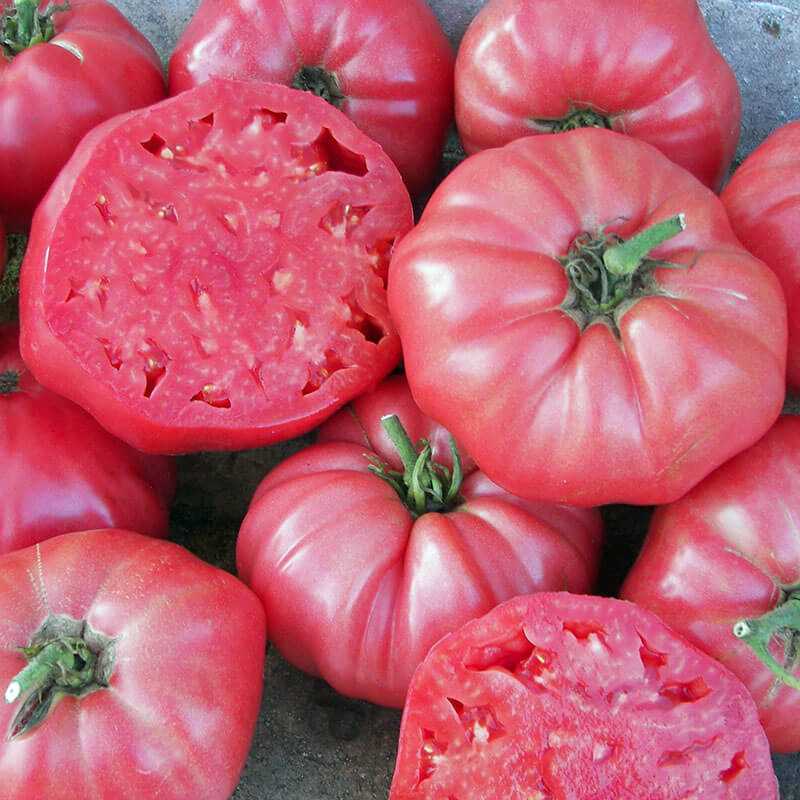
Prune the tomato plants to remove suckers and promote better air circulation. This helps reduce the risk of diseases and allows the plants to focus their energy on producing tomatoes. Use stakes or cages to support the plants and prevent them from sprawling on the ground.
6. Monitoring and Managing Pests and Diseases
Regularly inspect the plants for any signs of pests or diseases. Common pests in greenhouse tomatoes include aphids, whiteflies, and spider mites. Use organic pest control methods or insecticides as necessary to manage the pests.
To prevent diseases, practice good sanitation by removing any diseased plant material and regularly disinfecting the greenhouse. This helps prevent the spread of diseases and keeps the plants healthy.
By following these tips, you can enjoy a successful greenhouse tomato harvest and savor the delicious flavor of homegrown tomatoes all year round.
The Importance of Disease Resistance
When it comes to growing greenhouse tomatoes, disease resistance is a crucial factor to consider. Tomato plants are susceptible to a variety of diseases, and these diseases can significantly impact the health and productivity of the plants. Having disease-resistant tomato varieties can help ensure a successful and bountiful harvest.
Disease-resistant tomato varieties are bred to have genetic traits that make them less susceptible to certain diseases. These traits can include resistance to fungal, bacterial, and viral pathogens that commonly affect tomatoes. By selecting disease-resistant varieties, growers can minimize the need for chemical pesticides and reduce the risk of crop loss due to disease.
There are several benefits to growing disease-resistant tomatoes:
- Increased yield: Disease-resistant varieties are more likely to produce a higher yield compared to non-resistant varieties. This is because they are less affected by diseases, allowing them to grow and produce fruit more effectively.
- Reduced chemical use: Disease-resistant varieties require fewer chemical pesticides to control diseases, as they have built-in resistance. This is not only beneficial for the environment but also saves the grower time and money by minimizing the need for pest management.
- Improved plant health: Disease-resistant varieties are generally healthier overall, as they are better able to fight off pathogens. They have a stronger immune system, limiting the impact of diseases on their growth and development.
It’s important to note that disease resistance is not absolute. While resistant varieties have a higher tolerance to specific diseases, they can still become infected, especially under unfavorable environmental conditions or with high disease pressure.
To identify disease-resistant tomato varieties, look for labels or descriptions that indicate specific disease resistance traits. These traits are often represented by acronyms, such as V (for Verticillium wilt), F (for Fusarium wilt), and N (for nematodes).
In conclusion, disease-resistant varieties of greenhouse tomatoes are essential for successful cultivation. By selecting and planting these varieties, growers can reduce the risk of disease, increase yield, and ensure the overall health of their tomato crop.
Benefits of Pink Tomato Varieties
Pink tomato varieties offer many benefits for greenhouse growers. Here are some reasons to consider growing pink tomatoes:
- Disease Resistance: Pink tomato varieties, such as the disease-resistant ones mentioned in this article, are specifically bred to withstand common diseases that affect tomatoes. This can reduce the need for chemical controls and help protect your plants from potential damage.
- High Yield: Many pink tomato varieties are known for their prolific fruit production. They can yield a large number of tomatoes per plant, which is advantageous for those looking to maximize their harvest.
- Excellent Flavor: Pink tomatoes are often praised for their delicious and sweet flavor. They are generally regarded as having a well-balanced taste and are loved by tomato enthusiasts and chefs alike.
- Attractive Appearance: Pink tomatoes can add a pop of color to your greenhouse and make your harvest more visually appealing. The vibrant pink hues of these tomatoes can stand out among other vegetables and fruits, making them a popular choice for home gardeners and market sales.
- Versatile Use: Pink tomatoes are versatile in the kitchen. They can be used in a variety of dishes, including salads, sauces, salsas, and sandwiches. Their mild and sweet flavor complements a wide range of ingredients, making them a versatile option for cooking and culinary creations.
- Market Demand: Pink tomatoes often have a high market demand due to their distinctive flavor and attractive appearance. If you are considering selling your greenhouse tomatoes, growing pink varieties can be a profitable choice.
In conclusion, pink tomato varieties have several advantages that make them a great option for greenhouse growers. Their disease resistance, high yield, excellent flavor, attractive appearance, versatile use, and market demand make them a worthwhile choice for both personal and commercial cultivation.
Benefits of Red Tomato Varieties
Red tomato varieties have numerous benefits that make them a popular choice among gardeners and tomato lovers alike. Here are some of the advantages of growing red tomatoes:
1. Rich in Antioxidants
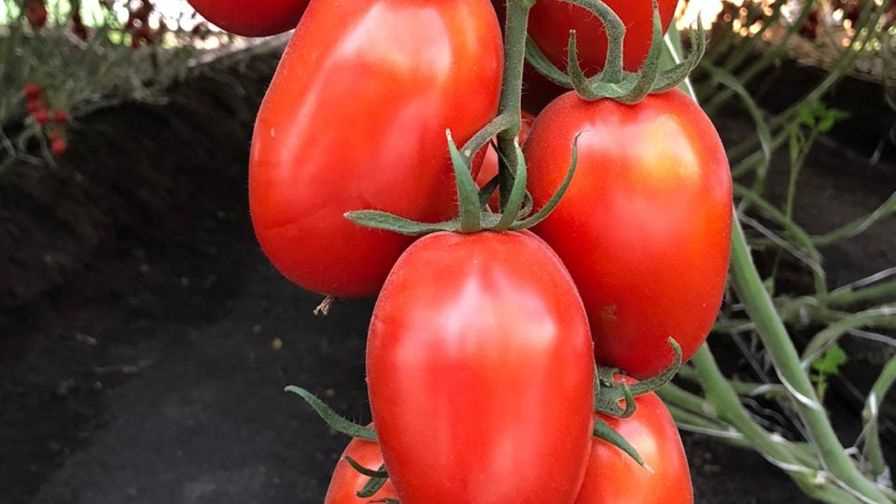
Red tomatoes are packed with antioxidants, such as lycopene and beta-carotene, which help neutralize harmful free radicals in the body. These antioxidants have been linked to various health benefits, including reducing the risk of certain diseases and protecting against oxidative stress.
2. High in Vitamins and Minerals
Red tomatoes are a great source of essential vitamins and minerals, such as vitamin C, vitamin A, and potassium. These nutrients are important for maintaining a healthy immune system, promoting good vision, and supporting overall well-being.
3. Excellent Flavor
Red tomatoes are known for their delicious flavor, which is often described as sweet and tangy. They add a burst of freshness to salads, sandwiches, and other dishes, making them a versatile ingredient in the kitchen.
4. Versatile Uses
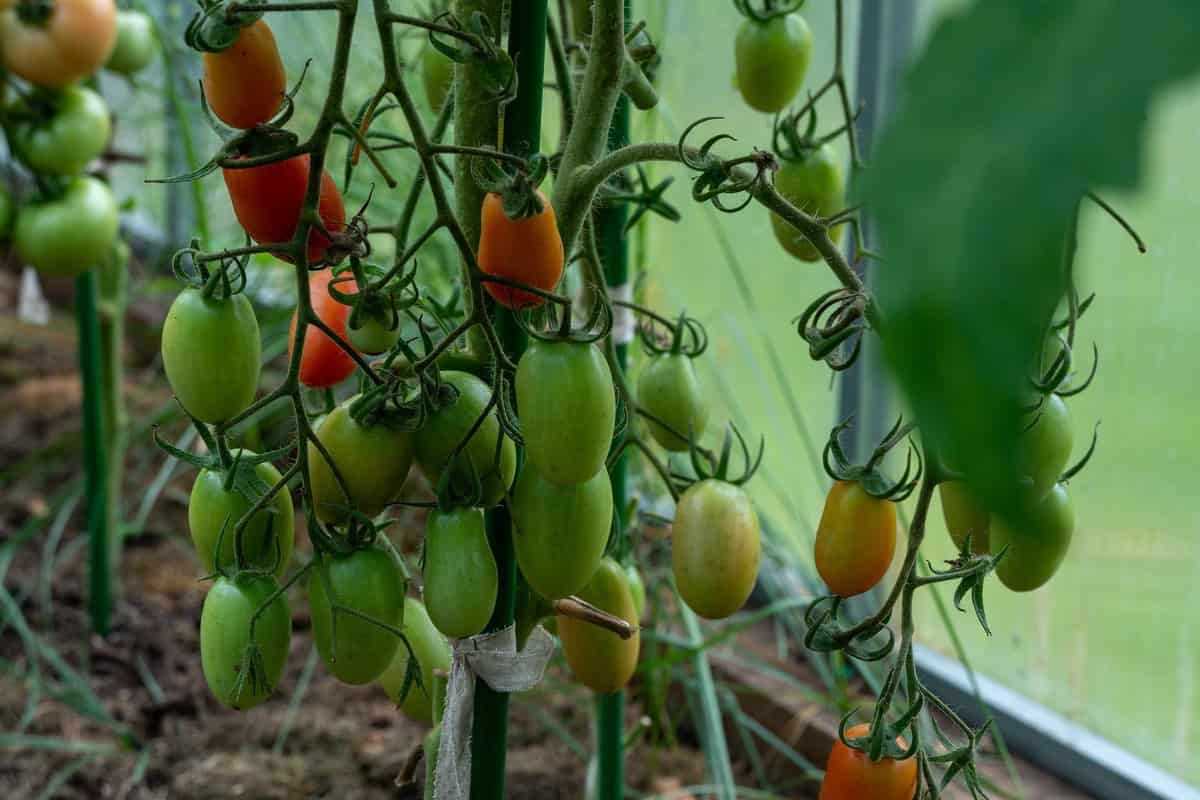
Red tomatoes can be used in a wide range of culinary applications, from fresh salads to cooked sauces and salsas. Their vibrant color and juicy texture make them a versatile ingredient that can enhance the taste and appearance of any dish.
5. Disease Resistance
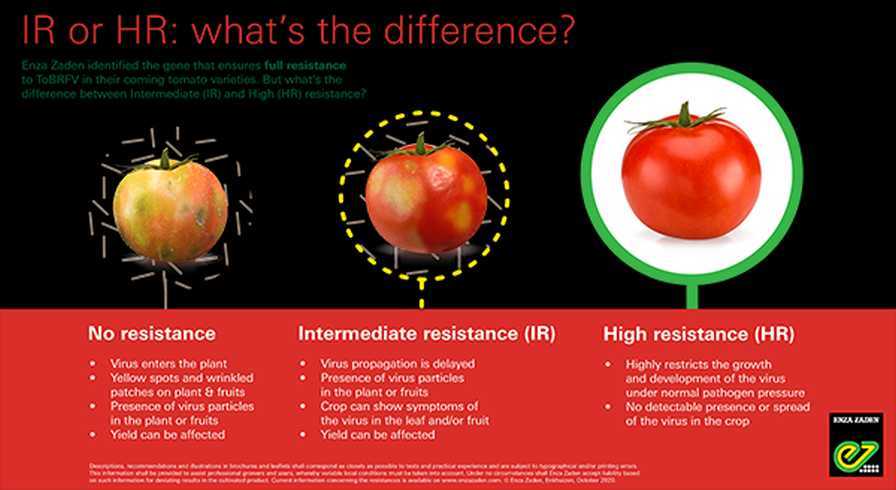
Many red tomato varieties are bred to be disease resistant, meaning they have a natural resistance to common tomato diseases, such as tomato mosaic virus and fusarium wilt. This can save gardeners a lot of time and effort in managing and preventing diseases in their tomato plants.
In conclusion, red tomato varieties offer a multitude of benefits, including antioxidant properties, high nutritional value, delicious flavor, versatility in cooking, and disease resistance. Whether you are a gardener or a food enthusiast, red tomatoes are a great addition to your garden or plate.
Best Disease-Resistant Pink Tomatoes for Greenhouse Growing
When it comes to greenhouse tomato cultivation, disease resistance is an important factor to consider. By choosing disease-resistant varieties, you can minimize the risk of crop loss and improve the overall health and productivity of your greenhouse tomatoes. Here are two proven disease-resistant pink tomato varieties that are well-suited for greenhouse growing:
1. Pink Beauty
- Disease Resistance: Pink Beauty is resistant to a variety of diseases, including Verticillium wilt, Fusarium wilt, and gray leaf spot.
- Description: Pink Beauty is a medium-sized tomato with a deep pink color. It offers a sweet, juicy flavor and a firm texture, making it ideal for fresh consumption and various culinary uses.
- Growing Requirements: Pink Beauty performs best in a greenhouse environment with plenty of sunlight and well-drained soil. It requires regular watering and fertilization to thrive.
- Yield: Pink Beauty typically produces high yields, with an average of 10-15 pounds of tomatoes per plant.
2. Pink Brandywine
- Disease Resistance: Pink Brandywine is resistant to common tomato diseases, including Fusarium wilt, Verticillium wilt, and tobacco mosaic virus.
- Description: Pink Brandywine is a large, beefsteak-type tomato with a pinkish-red color. It is known for its rich, sweet flavor and succulent texture.
- Growing Requirements: Pink Brandywine thrives in a greenhouse environment with full sun exposure and well-drained soil. Adequate spacing and proper pruning are necessary to provide air circulation and reduce the risk of disease.
- Yield: Pink Brandywine typically produces moderate yields, with an average of 8-12 pounds of tomatoes per plant.
By choosing disease-resistant pink tomato varieties like Pink Beauty and Pink Brandywine, you can enjoy a bountiful harvest of delicious and healthy greenhouse tomatoes.
Best Disease-Resistant Red Tomatoes for Greenhouse Growing
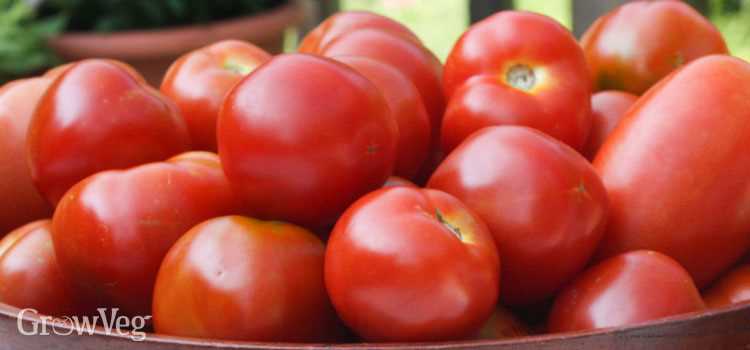
If you’re planning to grow tomatoes in a greenhouse, it’s important to choose disease-resistant varieties to ensure a successful harvest. Here are some of the best disease-resistant red tomatoes that are well-suited for greenhouse growing:
1. ‘Mountain Merit’
‘Mountain Merit’ is a popular disease-resistant red tomato variety that performs exceptionally well in greenhouses. It is resistant to multiple diseases, including early blight, late blight, fusarium wilt, and verticillium wilt. This determinate tomato variety produces medium-sized, juicy fruits with a rich flavor. It has excellent shelf life and can be stored for a long time without losing its quality.
2. ‘Defiant’
‘Defiant’ is another disease-resistant red tomato variety that is suitable for greenhouse cultivation. It is resistant to both early blight and late blight, which are common tomato diseases. This determinate variety produces medium-sized fruits that are firm and have a sweet and tangy flavor. ‘Defiant’ is known for its high level of disease resistance and is a reliable choice for greenhouse growers.
When growing these disease-resistant varieties in a greenhouse, it’s important to provide them with the right growing conditions. Ensure proper ventilation, temperature control, and regular monitoring to prevent the spread of diseases. Additionally, practicing good hygiene, such as cleaning and disinfecting tools and equipment, can further help in preventing the spread of diseases.
By choosing disease-resistant red tomato varieties like ‘Mountain Merit’ and ‘Defiant’, you can minimize the risk of plant diseases and ensure a successful tomato harvest in your greenhouse.
“Question-Answer”
What are disease-resistant tomatoes?
Disease-resistant tomatoes are varieties that have been bred to have a natural ability to resist certain diseases that commonly affect tomato plants. This can include resistance to diseases such as early blight, late blight, fusarium wilt, and verticillium wilt.
What are the advantages of planting disease-resistant tomatoes?
Planting disease-resistant tomatoes can help reduce the need for chemical pesticides, as these varieties are naturally more resistant to common tomato diseases. This can save time and money, as well as reduce the environmental impact of growing tomatoes.
Which diseases do the disease-resistant varieties in the article protect against?
The disease-resistant varieties mentioned in the article protect against diseases such as early blight, late blight, fusarium wilt, and verticillium wilt.
How do disease-resistant tomatoes compare to regular tomatoes in terms of taste?
Disease-resistant tomatoes are bred for their disease resistance, rather than their taste. While they still have a delicious flavor, some people may argue that regular tomatoes have a more intense and complex taste. However, taste preferences can vary from person to person.
Are disease-resistant tomatoes genetically modified?
No, disease-resistant tomatoes are not genetically modified. They are bred using traditional breeding techniques to select for traits that naturally produce disease resistance. This breeding process can take several years to develop a new disease-resistant tomato variety.







